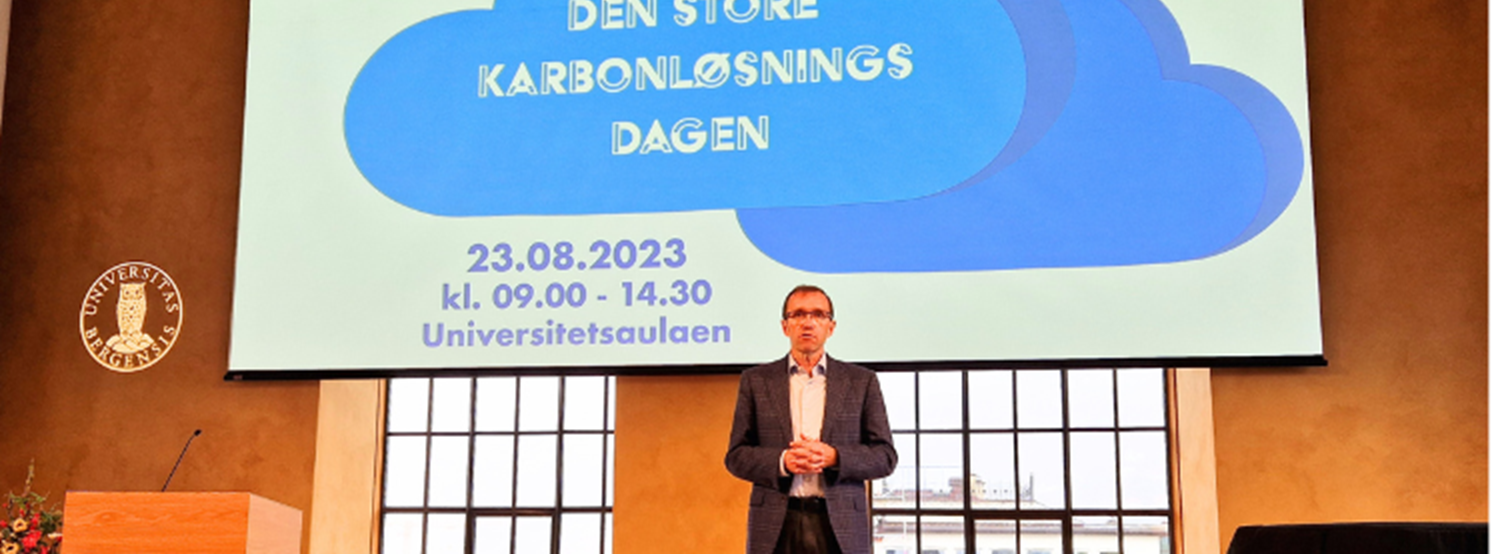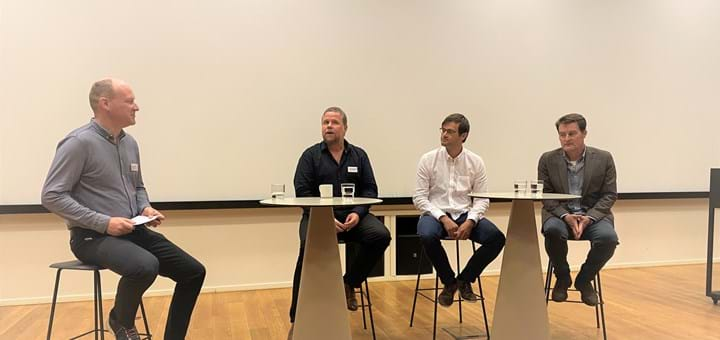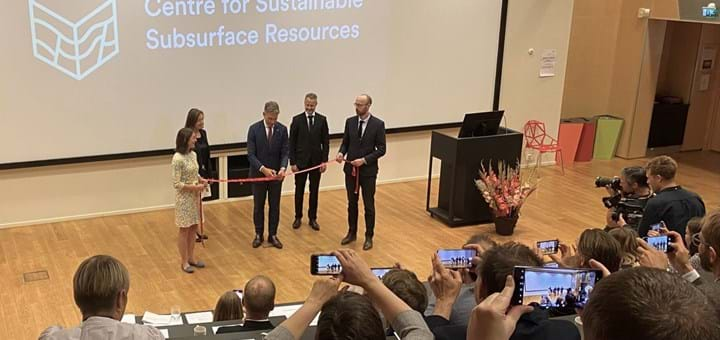We must not adjust the goals but the means

CO2 emissions need to be cut at the same level as it was during the pandemic, every year, until 2030 to be on track to reach our climate targets.
– We know very well in which direction we need to move, but I am more unsure about if the speed is high enough, said Espen Barth Eide, Norwegian minister of climate and environment in his opening speech at the Carbon Solutions Day (Karbonløsningsdagen) in Bergen this week.
Barth Eide further referred to the prime minister Gahr Støre's article in BT stating that «In the case that there is a discrepancy between the target and the means, it is not the target that must be adjusted down, but the means that must be stepped up”.

Many solutions
Norway is behind schedule to meet the climate targets, and a wide range of solutions are required to get on track.
The Carbon Solution Day was mainly targeting CO2 capture and storage (CCS) and nature-based solutions. Robert Henricks, operation manager at Technology Centre Mongstad, presented a record high activity testing new CO2 capturing technology.
The customers come from all over the world, and smaller and more cost-efficient solutions are emerging.
CCS is especially relevant for hard to abate industries. BIR aims to implement CCS at the waste combustion plant in Bergen, but find it challenging to find a good funding model for such an investment.
Barth Eide is reluctant to take the entire bill for the energy transition, as the industry will be the main player and needs to position itself towards the future.
An important challenge in Norway is less risk capital compared to our competitors. Sweden has about twice as much, while USA has four times more risk capital per capita.
The space for geological storage of CO2 is more than sufficient according to Martin Fernø, professor at the University of Bergen. Martin is also Centre Deputy at CSSR where GCE Ocean Technology is partner.
The centre investigates both CO2 storage as well as using geological formation as large scale storage for hydrogen.
Input to ocean management
The seminar was followed by dialogue and input from various stakeholders on how to manage and develop new ocean industries in coexistence. This included shipping, offshore wind, deep sea minerals, fisheries and research on environment and climate.
Changing from fossil fuels to renewable energy sources is by far the most important transition to meet our climate target.
Contact Information


CSSR Annual Conference
Join CSSR’s annual conference 12-13 September in Bergen.
This is an open forum for exchange of novel concepts and technology developments within subsurface research that can facilitate the energy transition on the Norwegian continental shelf (NCS).
The conference will explore the consequences of switching to variable/uncertain renewable energy supply to power offshore operations. Sessions will spotlight cutting-edge research within petroleum, CCS and underground energy storage.
Further Reading
Related Events
GCE Ocean Technology Events
Other events


